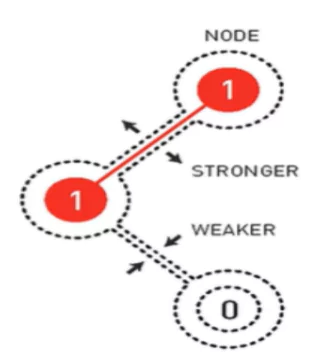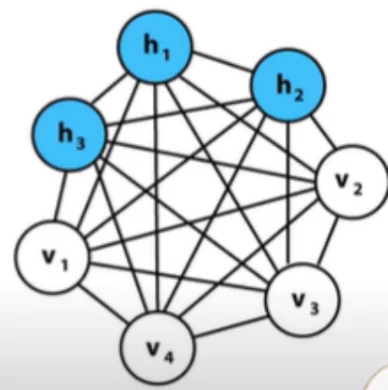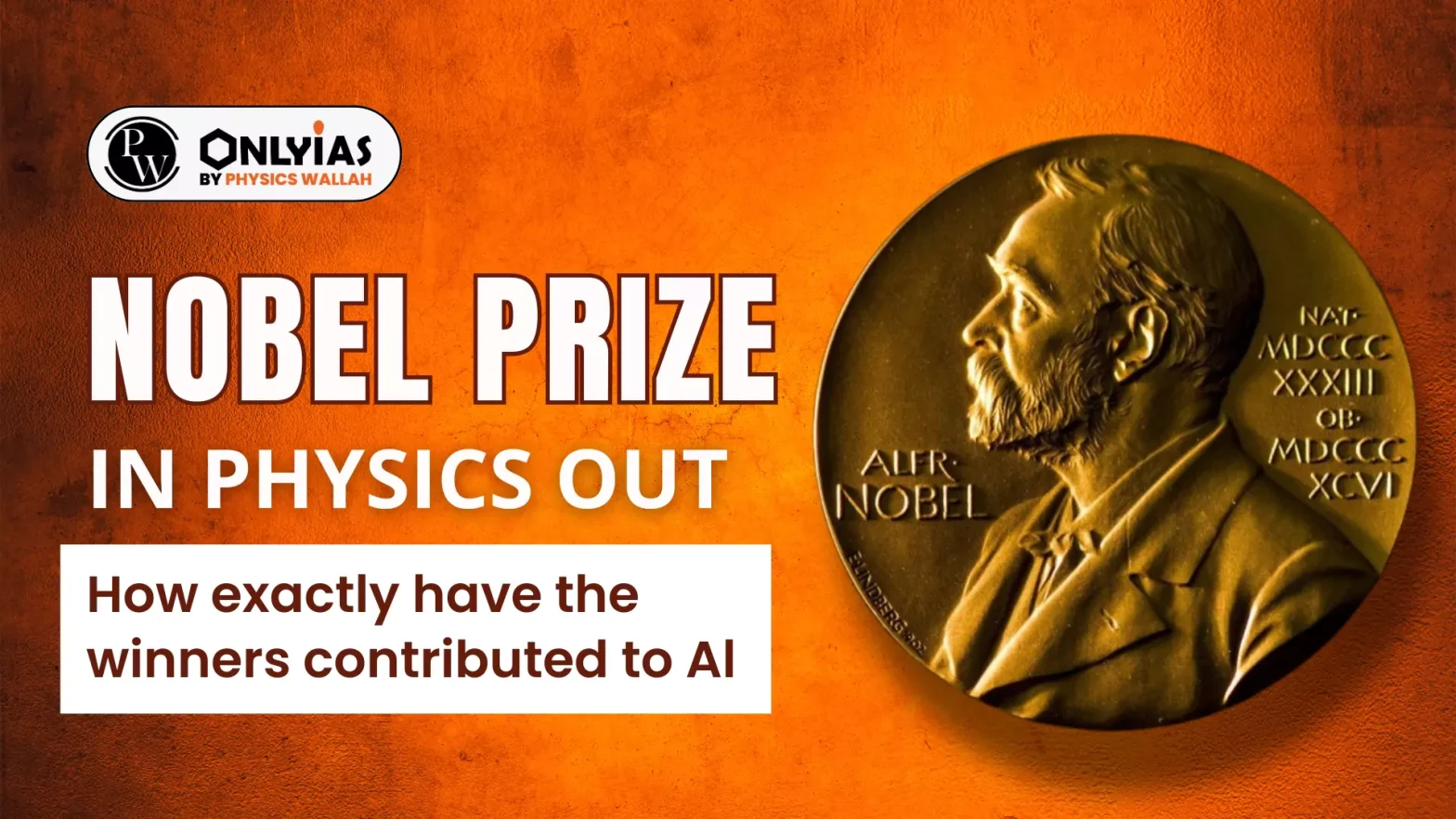The 2024 Nobel Prize in Physics has been awarded to John Hopfield and Geoffrey Hinton for their foundational contributions to machine learning, particularly in advancing the development and understanding of artificial neural networks.
Area of Research
- Their research focused on using physics tools to develop systems capable of memory and pattern recognition, which laid the foundation for modern AI technologies such as facial recognition and self-driving cars.
How AI Mimics the Human Brain
- AI mimics the brain by replicating key functions like observation, memory, and learning. While machines can’t think independently, they can copy human memory and learning processes.
- For instance, a human can recognize a cat from memory, and similarly, AI can identify patterns, such as detecting cancer cells in medical images, based on learned data.
Enroll now for UPSC Online Course
John Hopfield’s Contribution
- John Hopfield, an American biophysicist, is renowned for his development of the Hopfield Network in the 1980s.
- This neural network is a form of associative memory, modelled on how the human brain stores and retrieves information.
Also Read: Nobel Prize 2024 Winners List
| Biophysics is an interdisciplinary science that applies the principles of physics to understand biological systems and processes at the molecular and cellular levels, such as using physics tools to study how cells function. |

- Associative Memory: Associative memory refers to the process by which an external cue, such as a scent, triggers the recall of specific memories associated with it.
- Pattern Recognition: The above concept was central to Hopfield’s work, where he developed an artificial neural network model that mimics human memory.
- In Hopfield networks, individual nodes store binary values (0 or 1), allowing the network to recall information based on patterns, similar to how human brains retrieve memories through associations.
Geoffrey Hinton’s Contribution
Geoffrey Hinton, a British-Canadian cognitive psychologist and computer scientist, expanded on Hopfield’s work by introducing the Boltzmann Machine. His innovations brought about the concept of unsupervised learning in neural networks.

- Boltzmann Machine: This neural network model applies principles from statistical mechanics, particularly Boltzmann’s equations, to enable machines to learn patterns from data without explicit instruction.
- Like the human brain’s ability to recognize relationships between new data and existing patterns, the Boltzmann Machine can identify similarities and classify unfamiliar data into known categories.
- Unsupervised Learning: Unsupervised learning is a type of machine learning where computers learn from data without any guidance from humans.
- This approach is crucial for creating deep learning models that are used in technologies like image recognition, speech processing, and generative AI today
Check Out UPSC CSE Books From PW Store
Concerns Raised by AI Development
While both laureates contributed significantly to AI’s growth, Geoffrey Hinton has expressed concerns over the rapid development of AI technologies and their societal implications.
- Misinformation Risk: Hinton has cautioned that AI-driven tools could contribute to an increase in the spread of false or misleading information or flood the internet with fabricated images, videos, and text etc.
- Job Displacement: Hinton also raised alarms about AI’s potential to displace human labour, as machines become increasingly capable of performing complex tasks, leading to significant job losses in certain sectors.
Conclusion
Thus, through their work, John Hopfield and Geoffrey Hinton have significantly advanced artificial intelligence through their foundational work on neural networks and unsupervised learning. However, their innovations also raise critical concerns about misinformation and job displacement.
![]() 9 Oct 2024
9 Oct 2024



